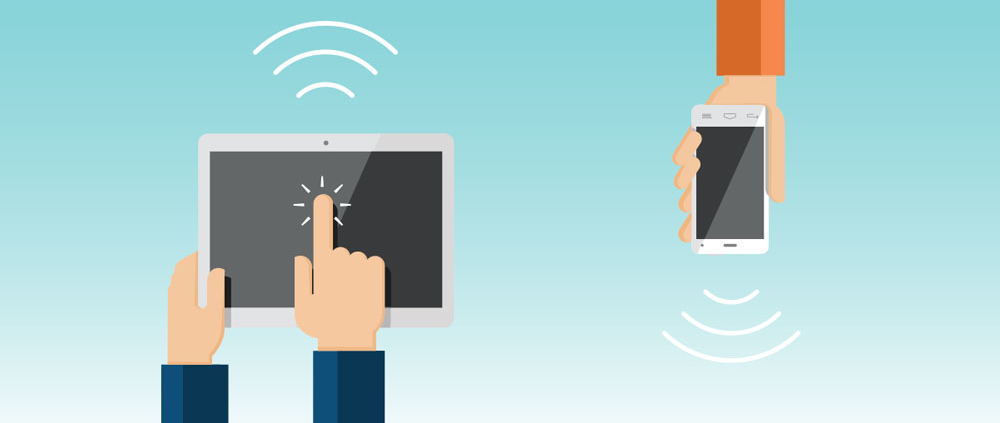A modern approach doesn’t require dentists to choose between efficiency or patient satisfaction, because it bridges between both.
“Patient-centered care” may be new buzzword in general health care, but it’s certainly nothing new to dentistry.
Dentistry is a competitive profession; patients have always been pretty firmly in control of selecting their dentists. That’s why they hold dental practices—even more so than medical practices—to a high standard of customer service.
Patients expect not only top quality dental care, but convenient and personal service in every aspect of the practice-patient relationship. This includes how they’re treated overall, how they’re spoken to, what the office looks like, and how easy it is to communicate with their dentist. Practices that score high marks in all of these categories are more likely to capitalize on repeat and referral business. The challenge, of course, is finding ways to create a patient-centered environment that are both efficient and cost-effective.
As I see it, it all starts with communication.
Think about how crucial communication is to the success of nearly every human relationship. Friendships. Marriages. Business partnerships. The practice-patient relationship is no different, yet communication often seems so basic that it becomes an overlooked and somewhat neglected part of the business plan. I contend that with patient-centered focus, communication strategies can actually be a positive, powerful part of the patient experience and practice growth.
Reach patients through their preference
“Patient focused expertise” is my practice’s tagline. This philosophy has guided my practice for the past 15 years. However, it was just a few years ago that I sat in the office listening to all of the phone calls staff were making to confirm the next day’s appointments and began thinking about this one communication process through the dual lenses of efficiency and patient experience.
That day sounded, I’m sure, like it does in most practices: Staff called each patient, and more often than not left a voicemail message. Then I’d hear them answer the phone and thank patients for calling back. It’s a workflow we’ve long depended on to connect with patients personally and ensure a full schedule, but I was struck by its inefficiency. I also wondered how much patients liked this communication process.
Patients today certainly expect a personal approach to communication—they want to be kept in the loop—but most seem to feel somewhat annoyed by repeated phone calls. (Some of our patients, for example, don’t bother to check their voicemails more than once a week.) Instead, they’ve voiced appreciation for communication that carefully walks the fine line between being accessible and personal, but not intrusive.
In addition, they expect practices to use advanced technology—whether clinical or otherwise. Adopting leading-edge clinical technology is a great means to attract patients, for instance, so why wouldn’t the same principle apply to patient communication? Wouldn’t it be amazing, I thought, if we could communicate with patients in a personal manner, but electronically, to increase staff efficiency and deliver a better consumer experience?
Comprehensive communication equals better business
Our approach to the communication challenge involved taking a holistic look at the variety of avenues available for connecting with patients. A good strategy accommodates all kinds of patient communication preferences, including phone, email and text messaging options.
Yes, even text messaging. It’s just a fact that society lives on its cellphones these days. In a world full of distractions, patients value the convenience of text conversations that quickly and succinctly get to the main point. Moreover, texting meets the criteria of being efficient, personal and cost-effective.
Of course, practices need to make the business case for investing time and budget on any new communication strategy, including one that incorporates texting technology. Justification at our practice included financial factors as well as benefits to patient and staff experience, such as:
Investment. Practices should evaluate any technology expense against potential labor and business gains. For example, how long would it take you to achieve ROI if a technology automatically filled one cancellation/month? What is the cost comparison of an hourly employee who spends 30 minutes on the phone with a patient versus 15 seconds texting them?
Efficiency. Freeing staff from “routine” communication tasks opens their time for more strategically important patient conversations, as well as other more productive responsibilities. That’s best achieved through communication technology that sits on top of the practice management system, enabling interactions with the schedule and other functionalities in order to automate processes such as appointment reminders, confirmations, waiting list/cancellation fills, and online reviews.
Consumer experience. Staff able to dedicate their full attention to the patients in the office are better able to deliver that “you’re my only focus” personal experience that patients desire. Automated personal birthday greetings and relevant newsletter content can also create stronger patient bonds with minimal staff time.
Balance. Everyone in a practice—from doctors to front desk staff—wants a reasonable work-life balance. Yet patients expect 24/7 accessibility. (After all, many patients work the same “banker’s hours” that we enjoy.) Although cellphones offer after-hours accessibility outside the office, I’ve personally never been comfortable with the idea of communicating with patients using my own cellphone. Practices may want to consider solutions that instead offer an “official/professional” channel through which to text patients’ cellphones through the practice’s email queue. Alternatively, the practice could allow staff members to work from home and still monitor and reply to patient communication.
Privacy. While most practices pay close attention to HIPAA privacy regulations, we don’t often think about patients’ privacy in terms of phone conversations. People sitting at their desks in the middle of a workday, for instance, usually don’t want their co-workers overhearing conversations about an upcoming dental procedure. They usually do appreciate the opportunity to communicate about it discretely, though, through text or email.
My initial goal when I sat listening to staff talking on the phone a few years ago was simply to find a more effective, patient-friendly method to confirm appointments. In questioning that one communication workflow, however, the practice has been able to improve its whole patient communication strategy—and in turn the entire patient experience.
Bonding isn’t just for teeth
As endodontists, we’re well aware that patients often visit us with a sense of anxiety or in physical pain. That’s why it’s so important that everyone in the practice—from front-desk staff to providers — can connect with them in ways that are comfortable and convenient. Whether they’re in our office or communicating with us from elsewhere, patients should feel that our full attention is on them.
While it may sound like a daunting task, it’s possible with well-thought-out strategies that allow us to reach patients through the channel of their choice. In a competitive industry, practices can differentiate themselves by offering an efficient, high-quality patient communication experience.





